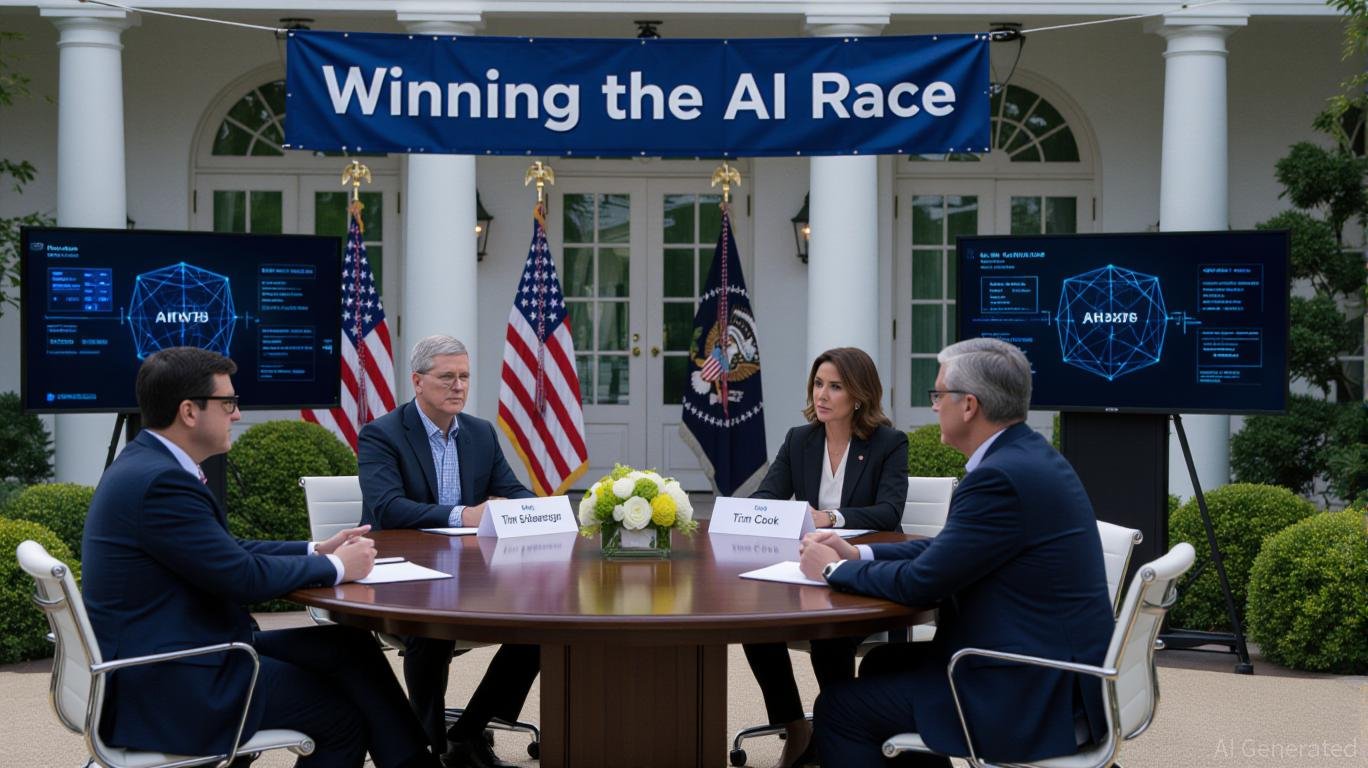While the increasing sophistication of AI tech means we don’t have to talk to people as often, it doesn’t mean we shouldn’t reach out anyway, argues Jonathan McCrea in his latest column.
When you’re a kid, you think your dad knows everything.
As a curious child, I was always drilling my father for all sorts of information. He seemed to have an answer to any question, no matter how complicated. Capital of Yugoslavia? What is a section 23? Why did granny call Charlie Haughey a cheeky bollox?
As I grew up though, I realised that my dad did not stop knowing things. In my 30s and 40s, I found myself still regularly asking him how to do things, particularly in the area of money and DIY, but equally he gives me detailed historical context to global conflicts.
The intention of most technology companies is to create a frictionless user experience: seamless, intuitive and efficient. A service or product that makes the typically stressful interaction with a stupid machine feel effortless and even fun.
From Tinder to Amazon, Uber Eats to Revolut, Intercom chatbots and the Passport Express Service, success is measured in minimal human engagement and a satisfactory outcome. The unintended consequence of reducing friction is the reduction of human interaction.
‘AI is reducing the number of times I speak to people’
People make mistakes, they can be slow, smell bad, be in a crappy mood, be apathetic or even in the case of one recent visit to a supermarket till, downright malevolent. They can want you to stay and have a cup of tea when you really have to get back to that thing you are supposed to be doing.
Apps do not do these things. AI does not do these things.
And I recently realised that AI is directly reducing the number of times I speak to people. This is a good thing.
I don’t ring helplines for information anymore. Perplexity will have the answer for me, in a very convenient format, in seconds. I don’t ask for different human perspectives on my work so much because it can take an hour to get an email back and ChatGPT can give me one hundred different perspectives in the blink of an eye. I also don’t call my dad as much over my accounts or fixing leaks in the plumbing.
My boiler was giving me an error last week. I took a photo of what I could see: the screen, the boiler logo, the pipes underneath it and asked an AI what I should do. It identified a pressure problem, showed me how to reduce it and even identified which tap to close.
A few months ago, it helped me with a plugboard that was drawing too much power. It had melted the plastic and could have easily caused an electrical fire. I even got the AI to watch a bloated 20-minute car maintenance video for me and just tell me what three steps I needed to take to flush out the wrong coolant I had just put in.
These are things that my dad, the oracle, would usually have called over to examine, and maybe stop to have a cup of tea while he was here.
Our obsession with convenience has a price that I don’t think is fully appreciated. And AI will bring a level of convenience we can only dream of. We are already meeting, seeing, acknowledging and speaking to less people every day.
We need to talk
As a science broadcaster, I wouldn’t dream of attempting to claim causation, but there is a striking correlation between declining mental wellbeing and our increasing use of personal technology.
In the US, teen depression, self-harm and suicide-related outcomes sharply increased in the early 2010s as smartphones reached critical mass. Younger generations, who use convenience technologies the most, have seen the largest increases in loneliness and depression.
In Ireland, similar upward ticks on loneliness and anxiety coincide with increasing technologically based isolation.
‘We are losing the opportunity for serendipitous connection’
Many researchers have suggested a direct link here, but as I say it’s difficult to prove. What we can probably agree on is that our reduced exposure to real people is probably not great for our general social skills, mental health and basic trust in our fellow human beings.
While all of this increasingly convenient technology can definitely reduce stress and save time, we are losing the opportunity for serendipitous connection. Maybe the delivery guy who got replaced by a drone was super cute. Maybe the broadband customer service woman would have given you an unexpected moment of compassion or warmth. Maybe you’d have felt seen and understood in a way that a cheery app can never really make you feel.
I’ve started to combat my natural urge to default to technology in small ways. I start conversations with dog-walkers. If I find myself in a long queue, I’ll start a conversation with someone.
What I think I’ve found is that most people really want to talk too, but often don’t want to impose, or don’t know how to break the ice and so they use their phone as a way of hiding their awkwardness.
We’ve all walked into an elevator and scrambled for the phone to avoid making eye contact, which if you think about it for a second is just plain weird.
I know there’s probably a whole generation of people who will read this and recoil in horror at the initiation of conversations from a total stranger, but they are also the generation that populate the spikes in the research above.
I’m gonna go call my dad now, I think the water tank has sprung a leak.
For more information about Jonathan McCrea’s Get Started with AI, click here.
Don’t miss out on the knowledge you need to succeed. Sign up for the Daily Brief, Silicon Republic’s digest of need-to-know sci-tech news.






















